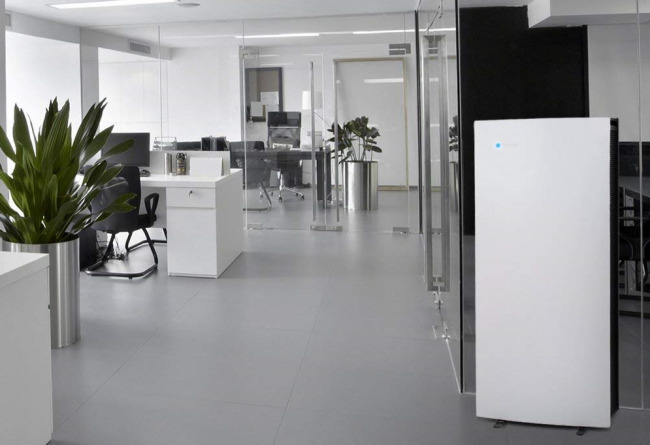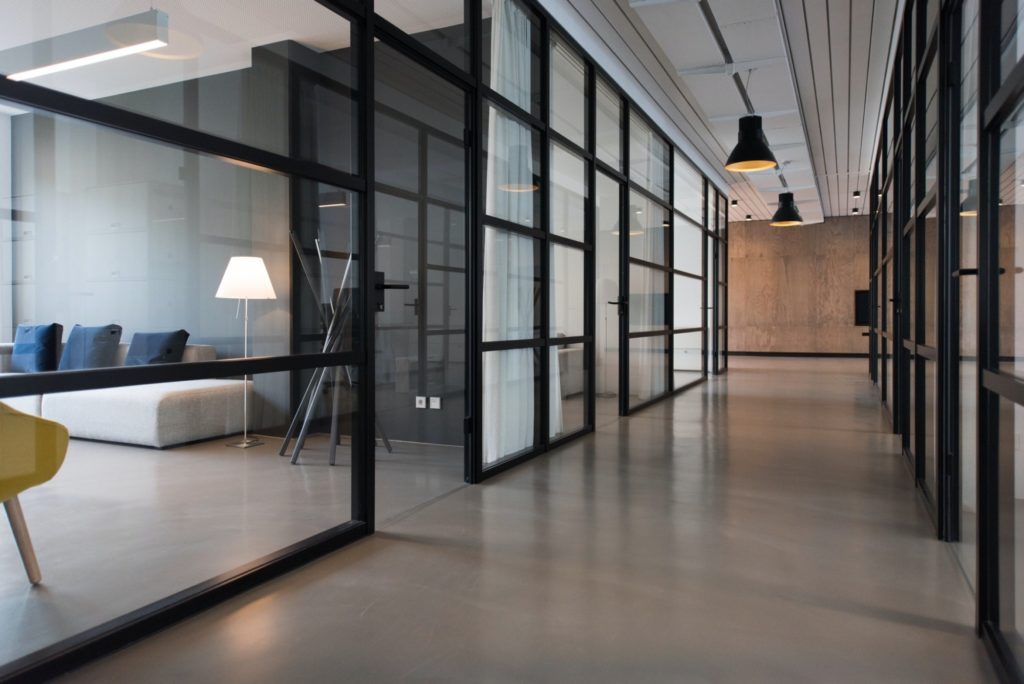Initially back in March, the British Government advised office workers that they must work from home. When it was first anticipated that workers could return to their office as the R-rate appeared to slow down, there were many discussions held regarding what the office space would look like.
Totally reconfiguring office spaces is out of the budget for most. The pandemic has bought on much economic uncertainty for firms, and building permanent fixtures in response to temporary government measures may not be worth it, especially when many do not feel comfortable returning to the office environment just yet.
While it is certainly doubtful that we will see a return to pre-pandemic working environments, some offices have adjusted well to their workers’ return. Employees are encouraged to come in on a rota, so that that there is compliance to social distancing. Desks are separated and lifts up to the office floor are monitored. Communal areas are off-limits, with only limited kitchen facilities available.
Some offices have seen the implementation of plexiglass dividers between desks. These have been used to create divisions between co-workers to limit any physical interaction. There has been a wealth in demand for these dividers and as such, office furniture companies are working hard to match their supply with this growth in demand.
Furthermore, cleaning checks are taking more frequently than ever in office spaces. This includes sanitiser stations placed almost everywhere, something that was hardly seen in offices prior to the pandemic. This may certainly work for the spread of the virus on surface or skin-to-skin contact, but does little to prevent the airborne spread of COVID-19. And this is where many offices are falling short in meeting workers’ safety expectations.
Air filtration devices have been dotted around office spaces in London, but this works minimally to counteract the virus when compared to hospital-grade filtration systems. Especially as we approach the colder months, office spaces cannot rely on open windows to filter out the air which raises further issues.

Additionally, office real estate has also found itself rather stuck. Corporations have put a halt in expanding their office spaces and have thus deferred non-essential leasing due to such uncertainty. This means that effectively there is more supply than demand on the property market which has led to rising rates in vacant offices and diminishing rents. This is most likely to be a case of much of the proportion of workers remaining at home, as well as the beginning of a new recession.
Firms that are seeking new office spaces now want them to be pre-built with high-class air filtration systems and plexiglass. They are looking for more space per square foot per worker than ever before which simply may not exist on the market.
Office spaces have adjusted as much as financially possible to the pandemic, but for many workers, this still is not perceived as enough to ensure their safety. If firms want their workers to return to the office, where important social interactions and meetings can take place face-to-face, they must work hard to ensure that the best possible measures are in place.
